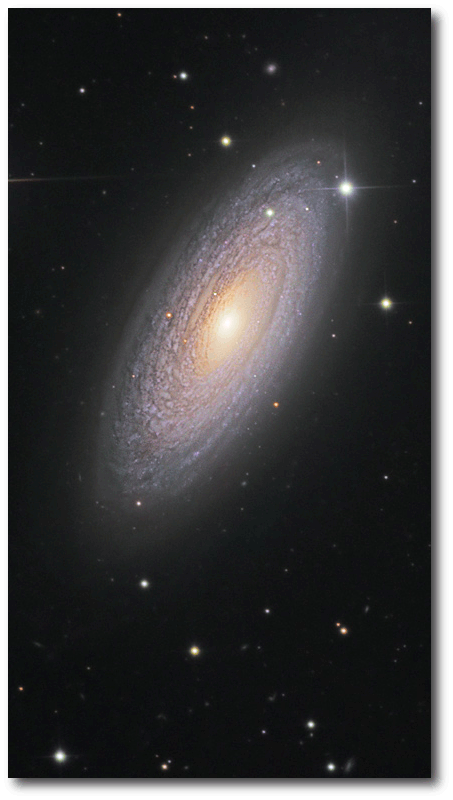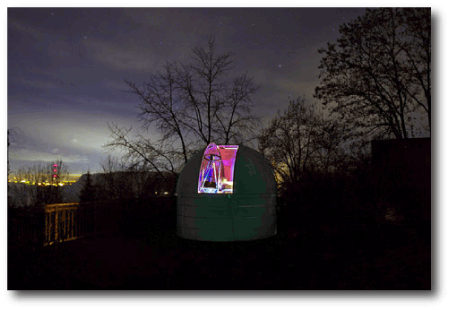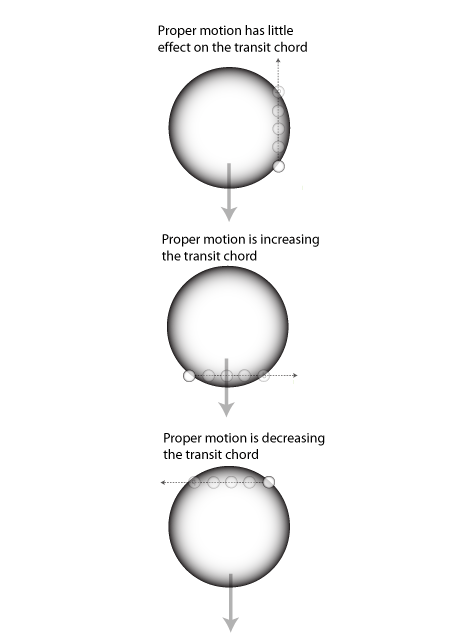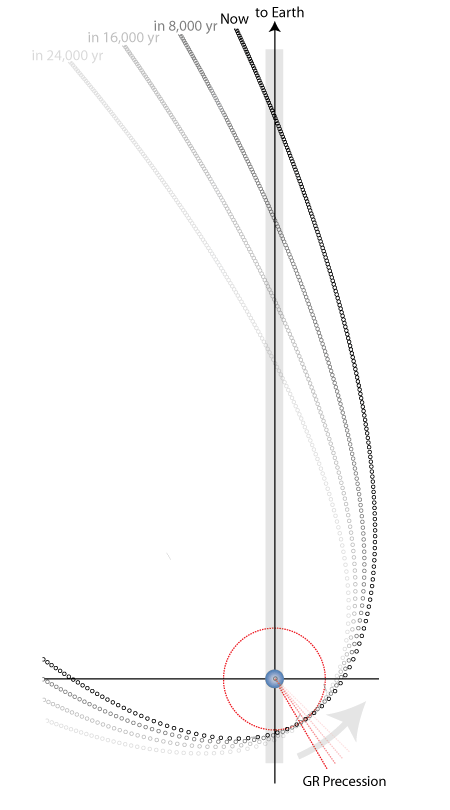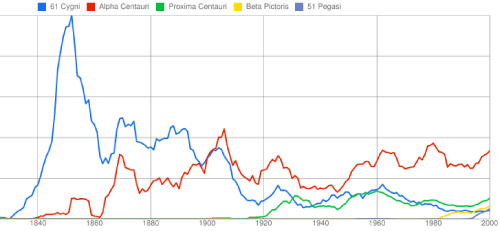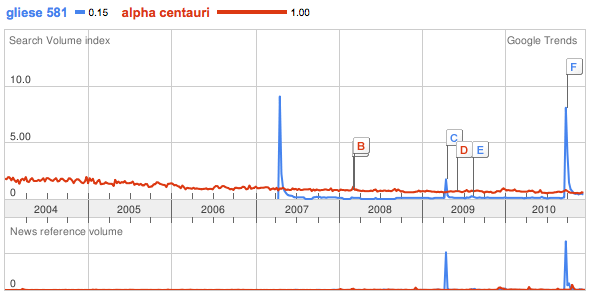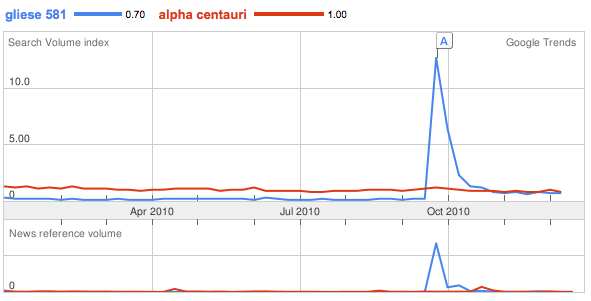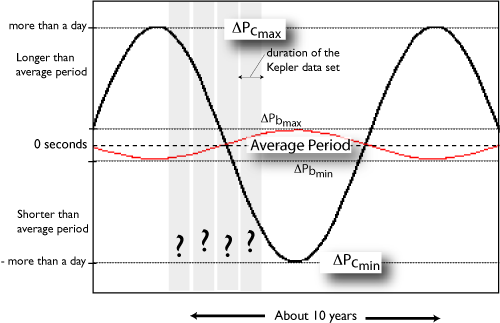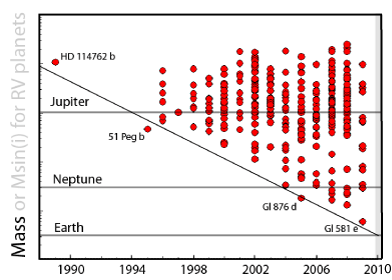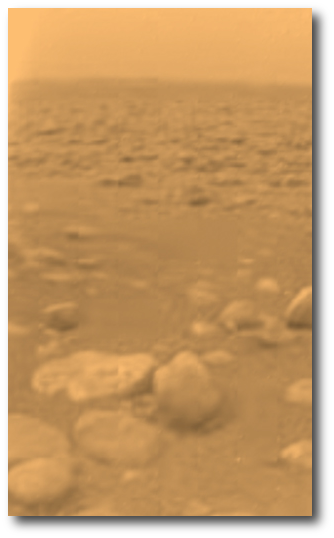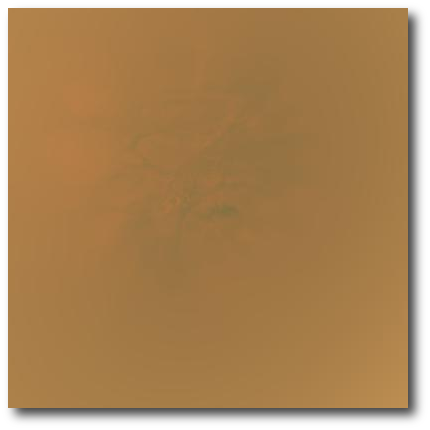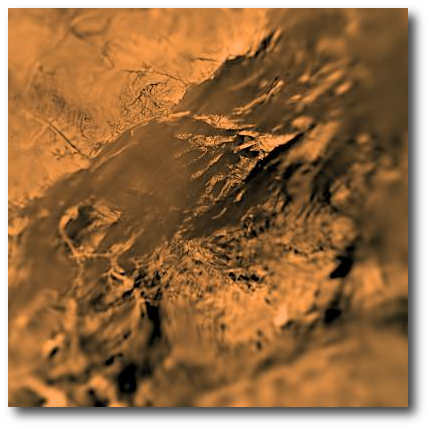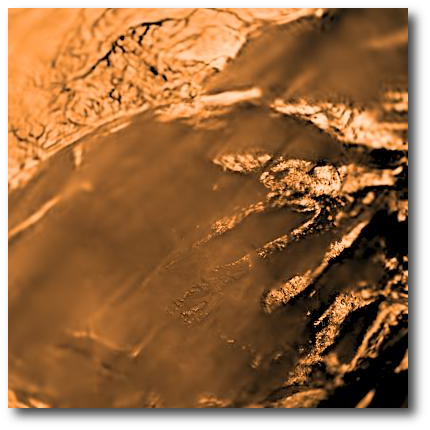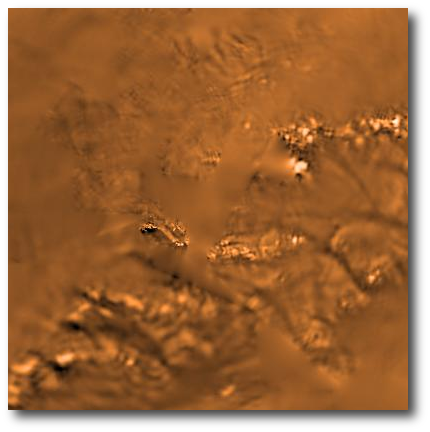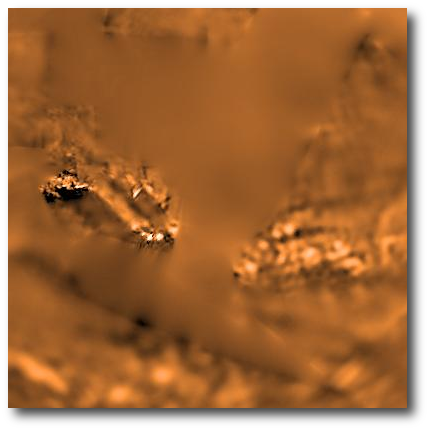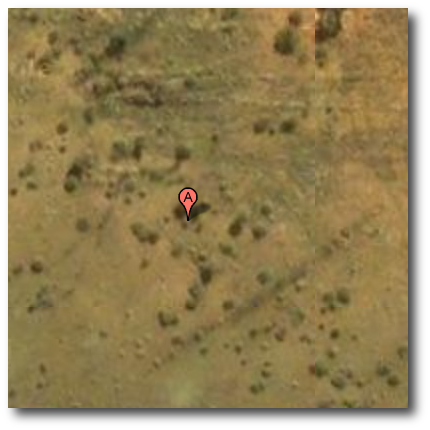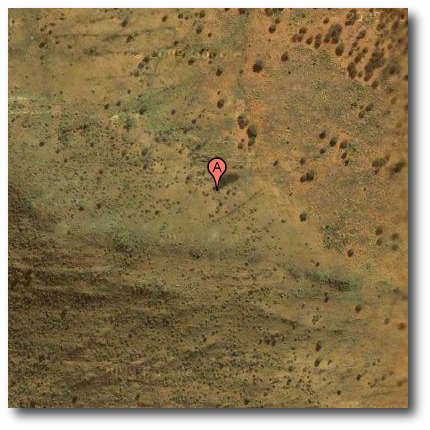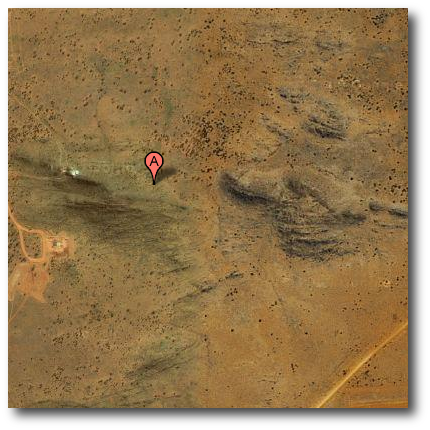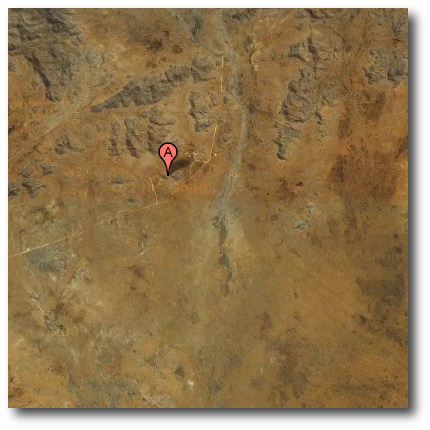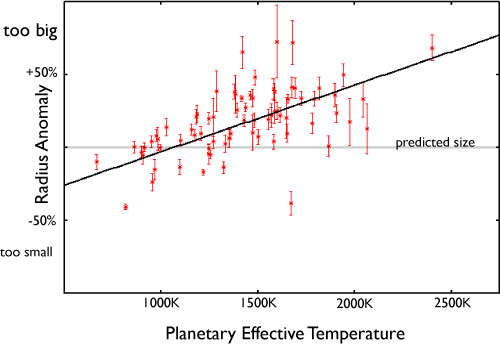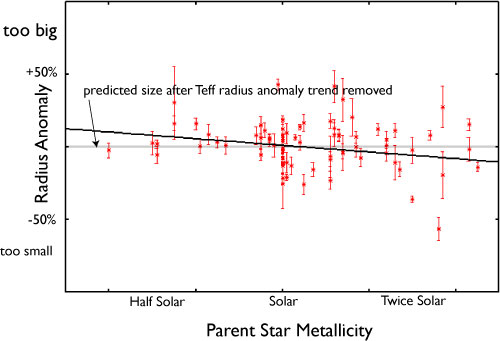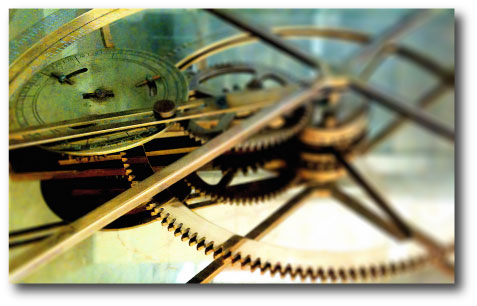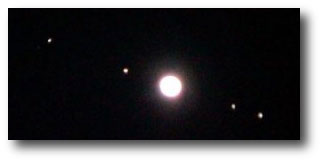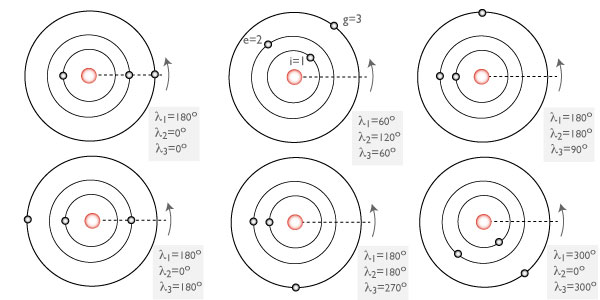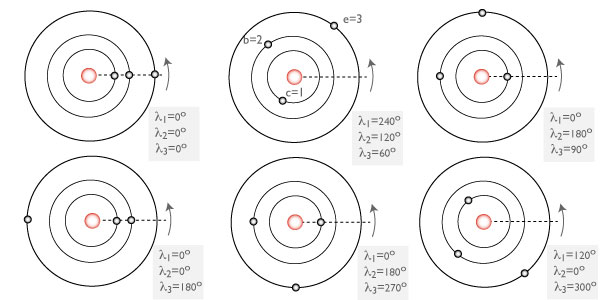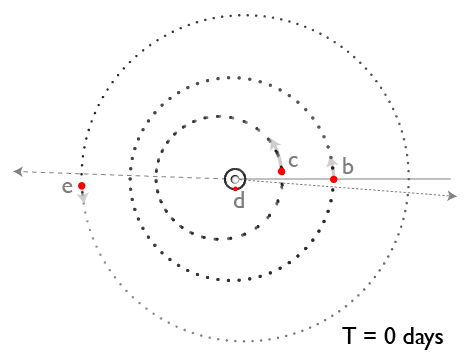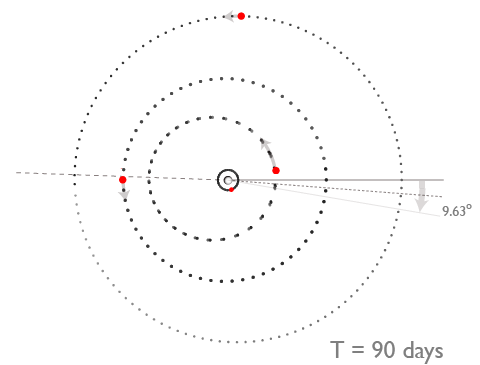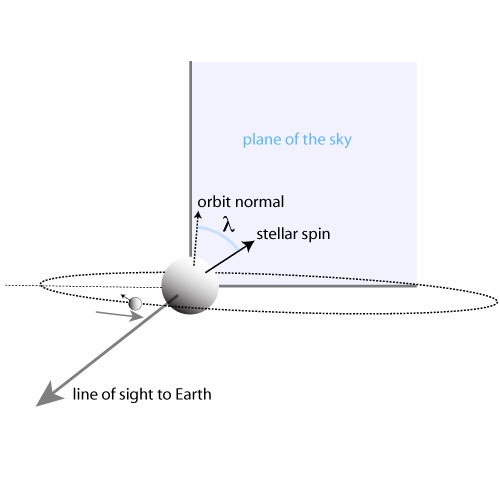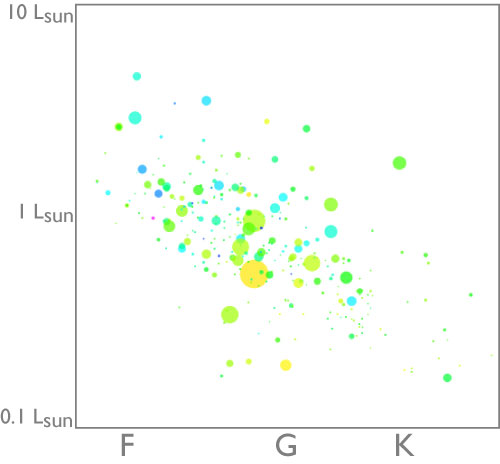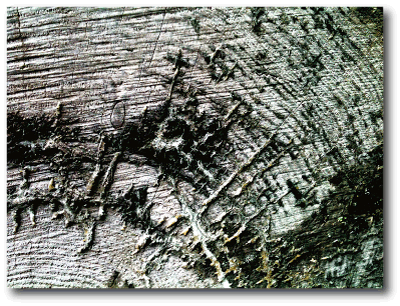
Predictions are always popular around the New Year. When will exoplanet.eu list 1000 entries on its main catalog? When will that first million-dollar planet turn up? What will the spot price of molybdenum be on Dec. 31, 2011?
Rather than risk the scruffy inconveniences of being wrong on such near-term prognostications, “but last year, you said…”, I thought it’d be better to issue a comfortably long-term prediction: For how much longer will Earth-based observers be able to observe transits for HD 80606b?
HD 80606b has been a focus lately. We’re scrambling to get our (intriguing) new results written up and submitted before the proprietary period runs out on our Spitzer data from last year’s early January eclipse observations. As long-term readers know, HD 80606b is remarkable not only for its eccentricity and its transit, but also for the fortuitous orientation of its orbit. Several hours after the planet comes out of secondary eclipse, it passes through periastron, and shortly thereafter, its pseudo-synchronous rotation rapidly turns its unheated hemisphere toward Earth. Six days later, the planet passes through primary transit, and then it begins the long climb up to the cold-storage of apoastron.
At the 100,000 light-year scale of the galactic disk, HD 80606, at ~190 light-years distance, is right next door. Its proper motion is currently shifting it across the sky at a rate of 1/75,000th of a degree per year, and it is receding from Earth at a rate of 1 light year per hundred thousand years (about 1/3 the rate of the Pioneer probes). As it drifts through space, our vantage of the system gradually changes. Right now, HD 80606 and its binary companion HD 80607 are centered in the 0.8 deg x 0.8 deg view just below. During the last ice age, they were out of the frame.
Upon receiving the above image from Goddard Skyview, I was surprised to see that HD80606 and HD80707 are currently less than a full-Moon’s width away from an impressive 10th-magnitude flocculent spiral galaxy. Turns out to be NGC 2841, which lies 46 million light years distant, contains over a billion transiting planets, and looks fantastic in this close-up, taken from Johannes Schedler’s backyard observatory:
Image: Panther Observatory Styria, Austria
This galaxy has also been imaged with Spitzer at 3.5 (blue), 4.5 (green) and 8 (red) microns. Warm dust heated by star formation in the arms glows falsely in the red. Star formation has all but shut off in the inner spheroidal region, which shines in the shorter-wavelength infrared light of an older spheroid stellar population.
Where transiting planets are concerned, however, it’s quality, not quantity that matters, and proximity is everything. As our line of sight to the HD 80606 system slowly changes, the transit geometry will shift. While we know almost everything about HD 80606b’s orbit, the one thing that we don’t know is the orientation of the transit chord relative to the cardinal directions in the plane of the sky. As a result, the change in our viewpoint created by proper motion could be leading to a transit impact parameter that is either increasing, decreasing, or staying roughly the same.
In the event that the proper motion were leading to the maximum increase in the impact parameter, and if the orbital orientation was fixed in space, then the transits could end as soon as 27,000 years from now. The orbit, however, is not fixed. Both the node and the periastron line are precessing as a result of rotational and tidal deformation in the star and the planet, as a consequence of the torque exerted by HD 80607, and as a result of general relativity. It turns out that the relativistic precession dominates, and is forcing ‘606b’s periastron to circulate with a period of about 600,000 years. The precession is prograde, and so as a result, the star-planet distance at the transit midpoint is currently decreasing by about 300 km every transit.
As a result, even for the least optimistic geometry, transits of HD 80606b will persist for roughly the next million years due to the commensurability between the time-scale for relativistic precession and the time for the line-of-sight inclination change to fully sweep the transit chord across the star. In addition, with careful (JWST-caliber) timing of the changing interval between the secondary eclipse and the primary transit, as well as the duration of the primary transit, one should be able to get both a test of general relativity and a constraint on the plane-of-the-sky rotational orientation of the system. Cool!


